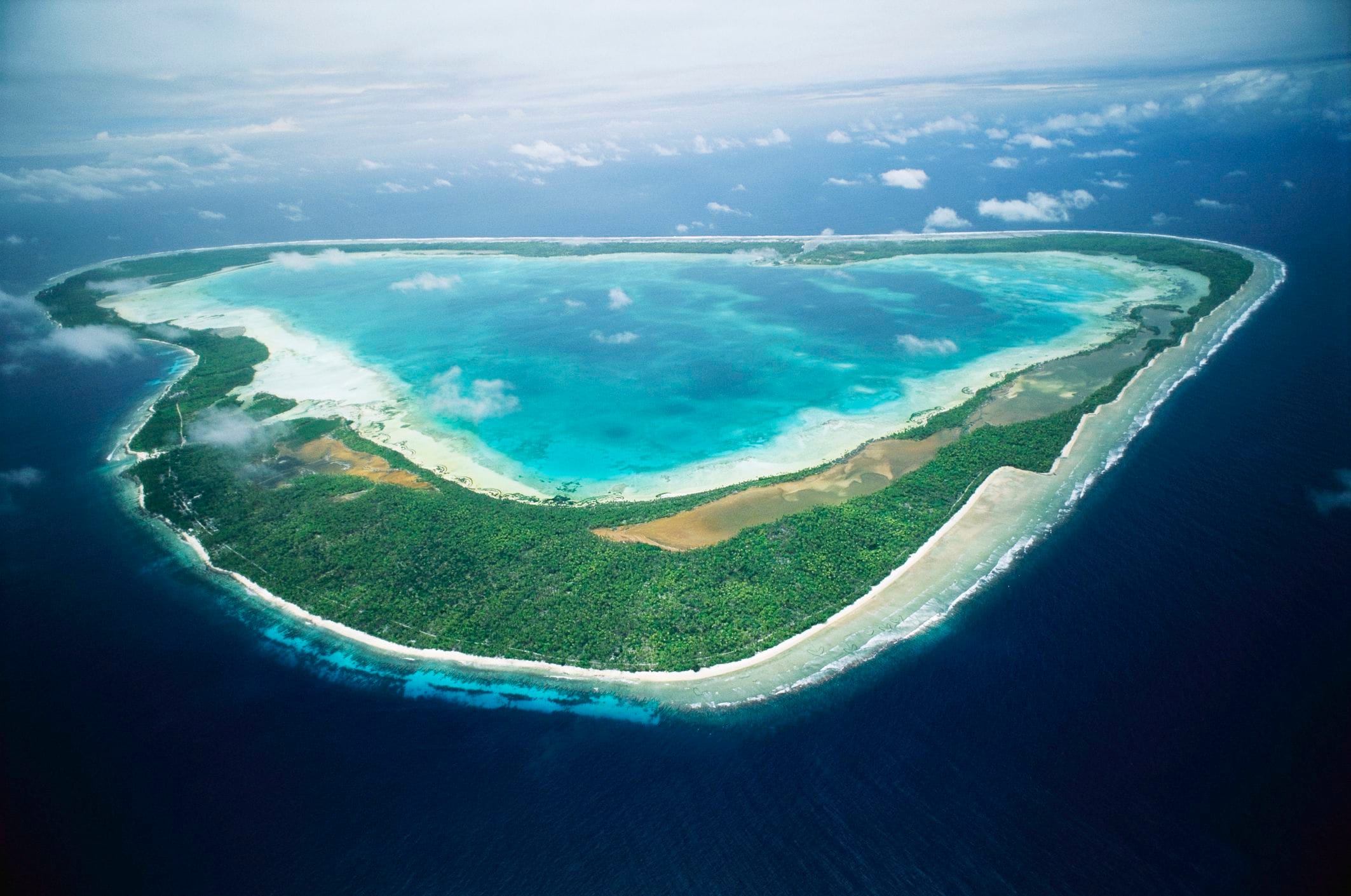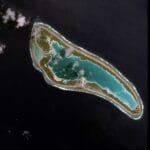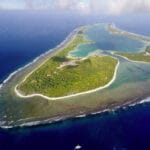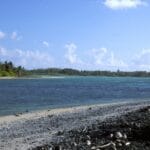Imagine a place where the sky kisses a turquoise sea, where palm trees sway in the trade winds, and where coral reefs teem with life. This is Nikumaroro, a tiny coral atoll in the vast Pacific Ocean, once known as Gardner Island. But this paradise holds more than just breathtaking beauty; it cradles centuries of untold stories, ancient myths, and the lingering mystery of Amelia Earhart’s final flight.
A Timeline of Intrigue: From Gardner to Nikumaroro
Before Europeans stumbled upon its shores, Nikumaroro slumbered, a secret held by the Pacific. Early sightings in the 1820s led to a confusion of names—Kemins’ Island, Motu Oonga, Mary Letitia’s Island—each a whisper of the island’s elusive nature. It wasn’t until 1825 that the name “Gardner Island”, possibly after U.S. Congressman Gideon Gardner, stuck.
The late 19th and early 20th centuries brought whispers of guano mining and fleeting dreams of coconut plantations. By 1938, the island was officially absorbed into the British Gilbert and Ellice Islands Colony. A brief but vibrant chapter unfolded in 1939 as 58 I-Kiribati, skilled navigators guided by the stars, were relocated to the island. Life flourished, even a post office opened its doors, but fate had other plans.
Persistent drought and the shadow of World War II led to the island’s evacuation in 1963. The whispers of human life faded as the Gardner Island Post Office closed its doors around 1964, leaving Nikumaroro to the ghosts of its past and the relentless rhythm of the sea.
Today, known officially as Nikumaroro, a name honoring the Gilbertese goddess Nei Manganibuka, the island stands as a testament to resilience and a stark reminder of nature’s enduring power.
Amelia Earhart: Did the Island Witness Her Last Flight?
The name Nikumaroro is forever intertwined with the enduring mystery of Amelia Earhart. In 1937, the world held its breath as news broke: Earhart, a true aviation pioneer, had vanished over the Pacific during her daring attempt to circumnavigate the globe. Could this remote atoll, lying tantalizingly close to her intended route, hold the key to her disappearance?
The International Group for Historic Aircraft Recovery (TIGHAR) believes so. Their meticulous research points to Nikumaroro as the most likely landing site for Earhart and her navigator, Fred Noonan. Radio signals, faint but persistent, hinted at a location near the island in the days after their disappearance. Could Earhart have found refuge amongst Nikumaroro’s swaying palms, her calls for help swallowed by the vastness of the Pacific?
Then came the artifacts: a woman’s shoe dating back to the 1930s, a shattered sextant mirroring the one Noonan relied upon, and aircraft parts, whispering tales of a forced landing on the remote shores.
The discovery of a partial skeleton in 1940 sent chills down the spines of those seeking answers. Initially dismissed as belonging to a male, recent analysis suggests a compelling possibility—could these be the remains of Amelia Earhart, finally reunited with the legend?
While the evidence is captivating, it remains inconclusive. The mystery continues to captivate, a stark reminder of how easily the sea can swallow our secrets, leaving us to piece together fragments of the past.
Beyond the Mystery: A Natural Wonder Under Threat
Nikumaroro is much more than a footnote in aviation history. Designated as an Important Bird Area by BirdLife International, the island is a haven for migratory birds, their vibrant plumage a stark contrast to the deep green of the Pisonia forest. Coconut crabs, the world’s largest land invertebrates, scuttle through the undergrowth, their presence a testament to the island’s ecological significance. Beneath the waves, a kaleidoscope of marine life dances amongst the coral reefs, a reminder of the delicate balance that sustains this remote paradise.
But like so many of Earth’s treasures, Nikumaroro is under threat. Rising sea levels, driven by a changing climate, lap at the shores, threatening to consume this fragile ecosystem. The story of Nikumaroro is a call to action, a reminder that the search for answers must go hand-in-hand with the urgent need to protect our planet’s most precious and vulnerable places.
The Untold Stories of Nikumaroro
Nikumaroro’s story is still being written. The island holds centuries of untold stories, from the ancient myths woven into Kiribati culture to the experiences of the I-Kiribati who briefly called the island home. What whispers of resilience and adaptation linger in their oral histories? What wisdom can we glean from their deep connection to the sea and the stars?
As we strive to unravel the mysteries of the past, we must also turn our gaze to the future. Nikumaroro’s fate, much like the legacy of Amelia Earhart, reminds us that exploration and conservation are two sides of the same coin. By understanding the past, embracing the present, and safeguarding the future, we can ensure that this remote atoll continues to inspire awe and wonder for generations to come.
- Crypto Quotes’ Red Flags: Avoid Costly Mistakes - June 30, 2025
- Unlock Inspirational Crypto Quotes: Future Predictions - June 30, 2025
- Famous Bitcoin Quotes: A Deep Dive into Crypto’s History - June 30, 2025
















